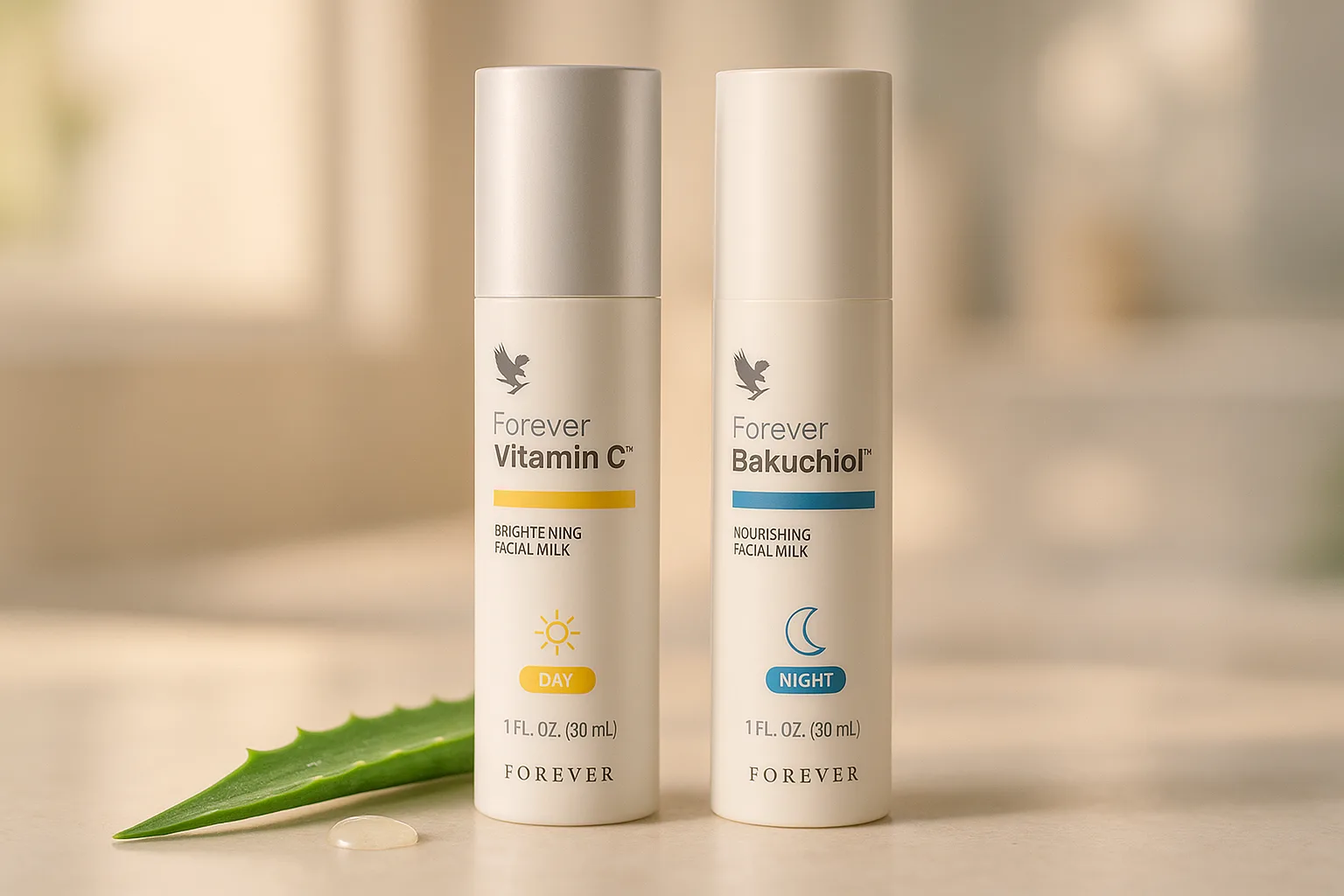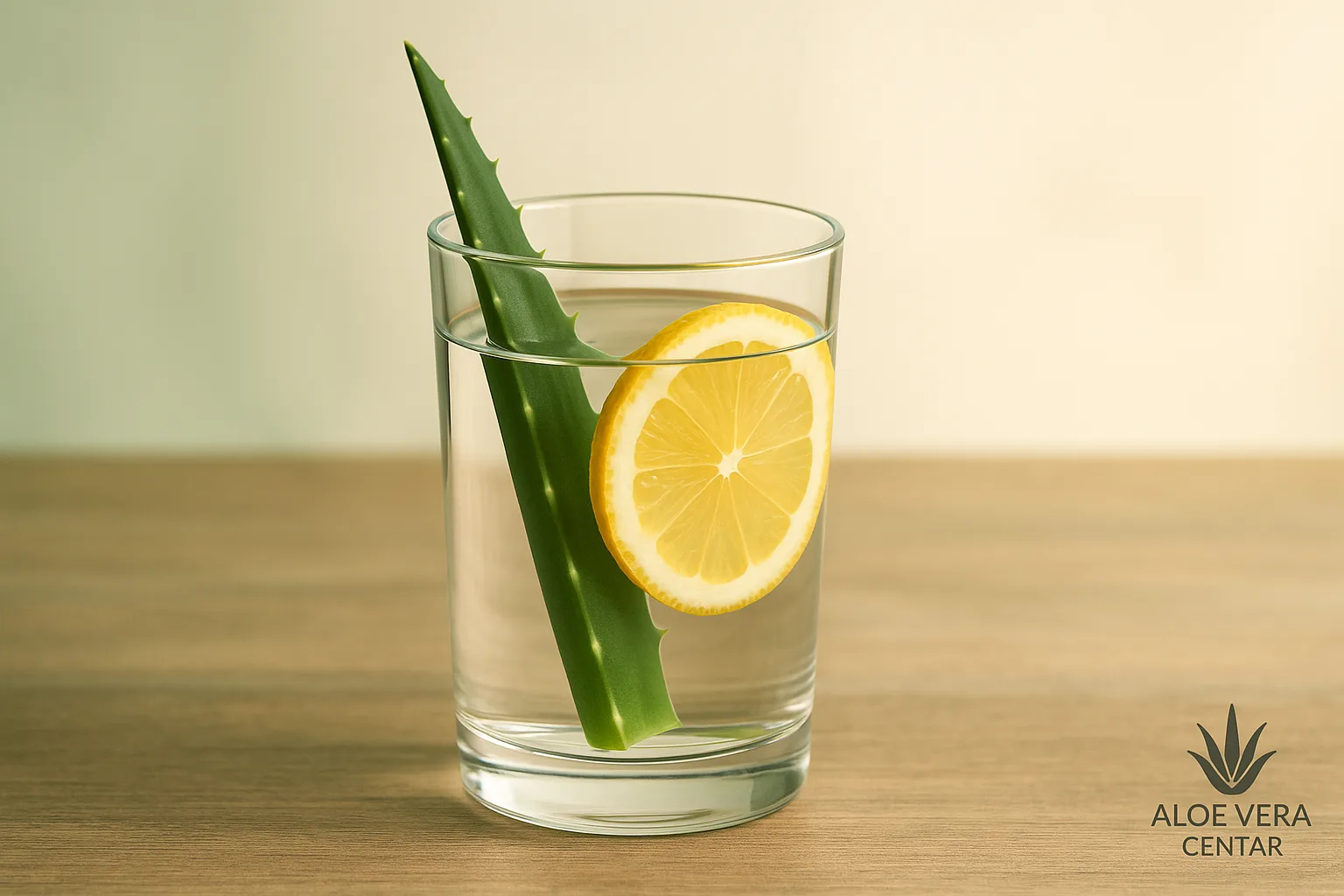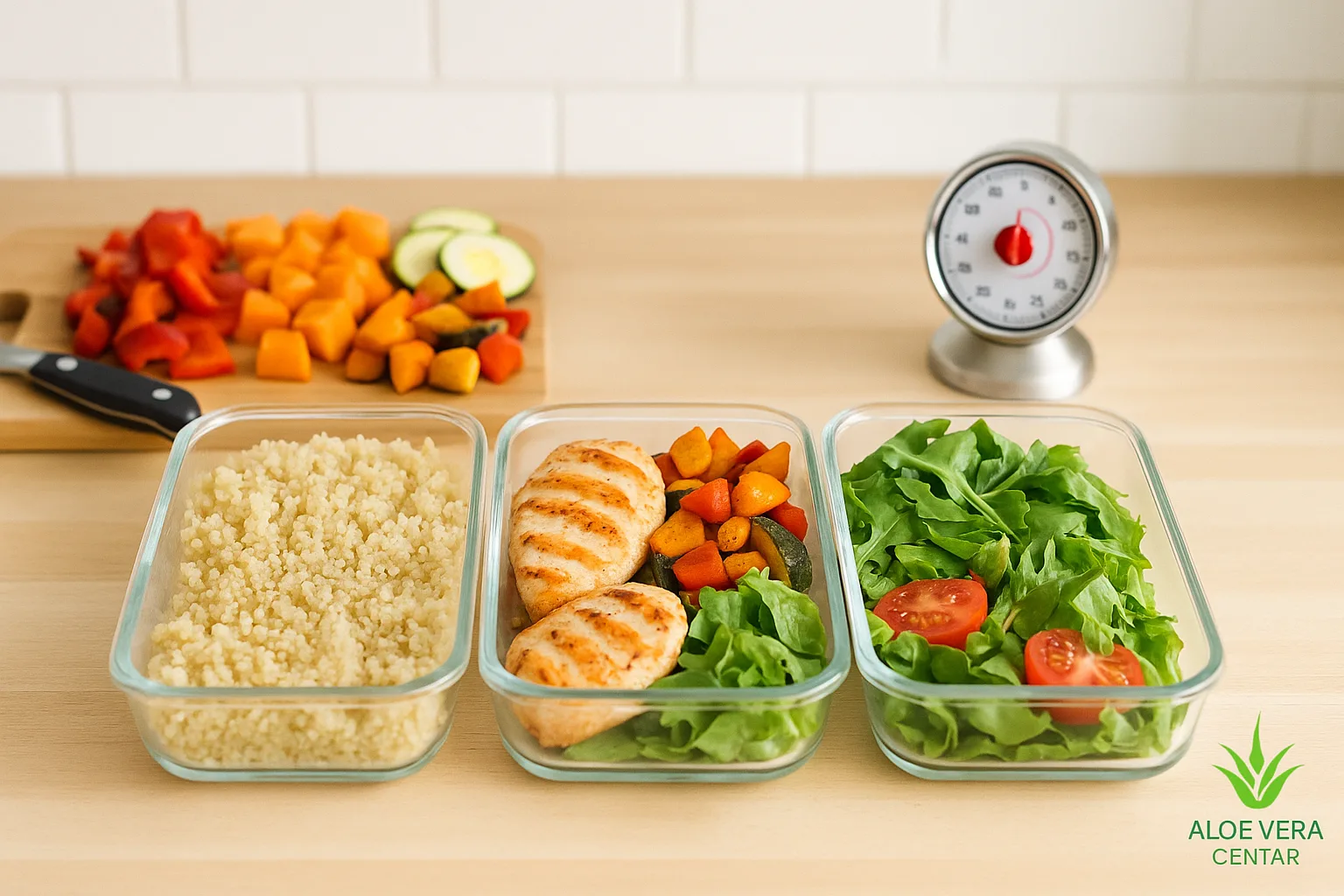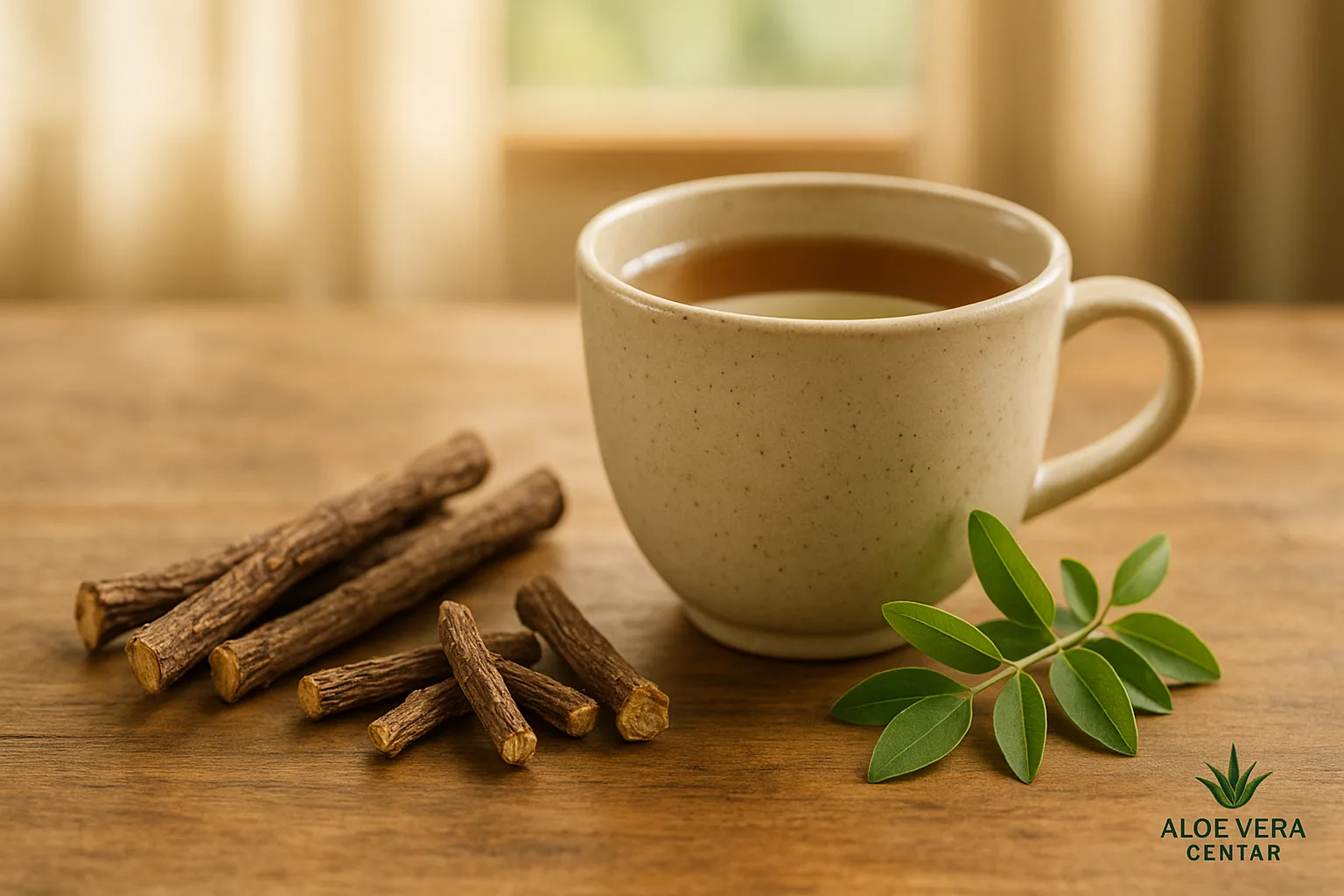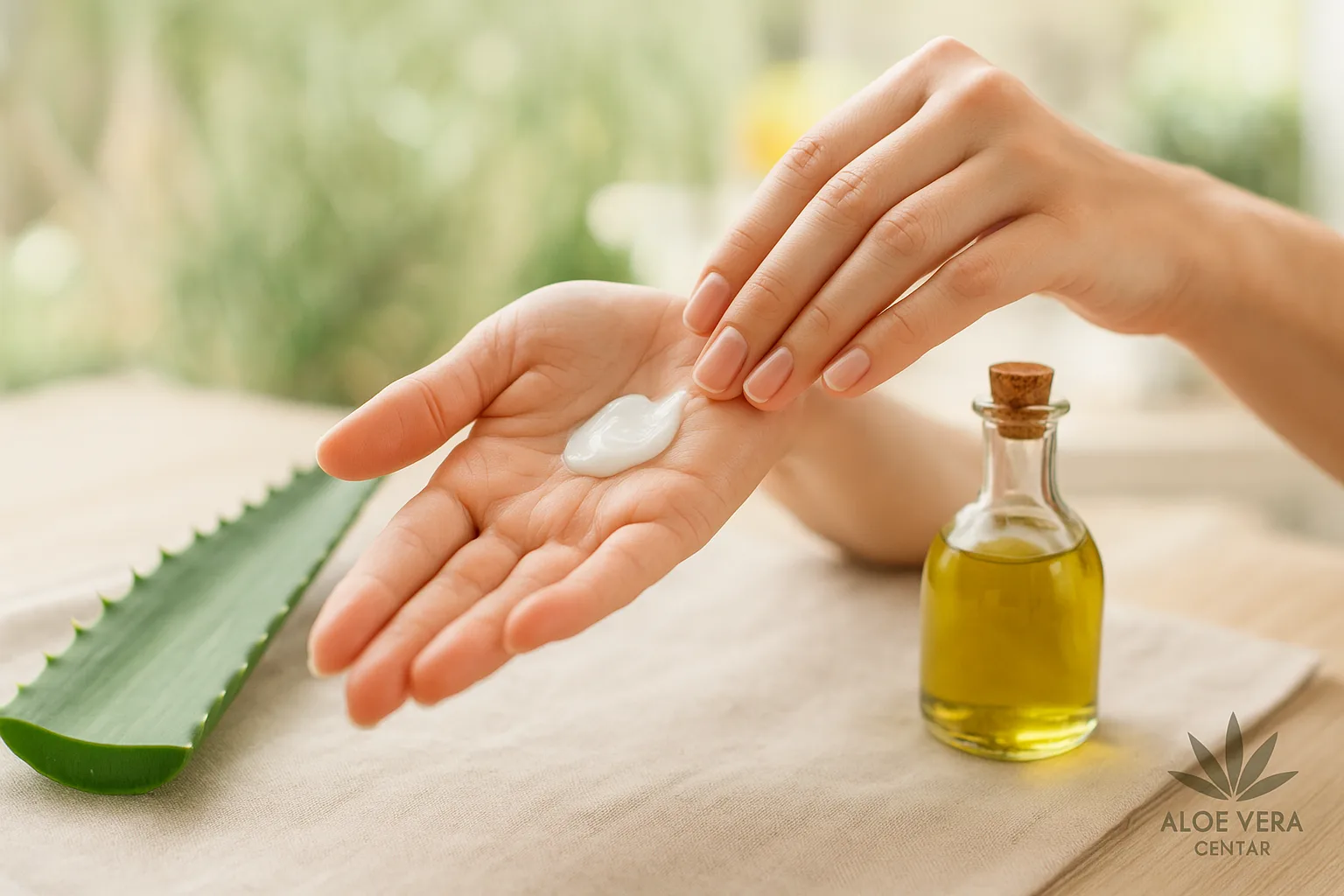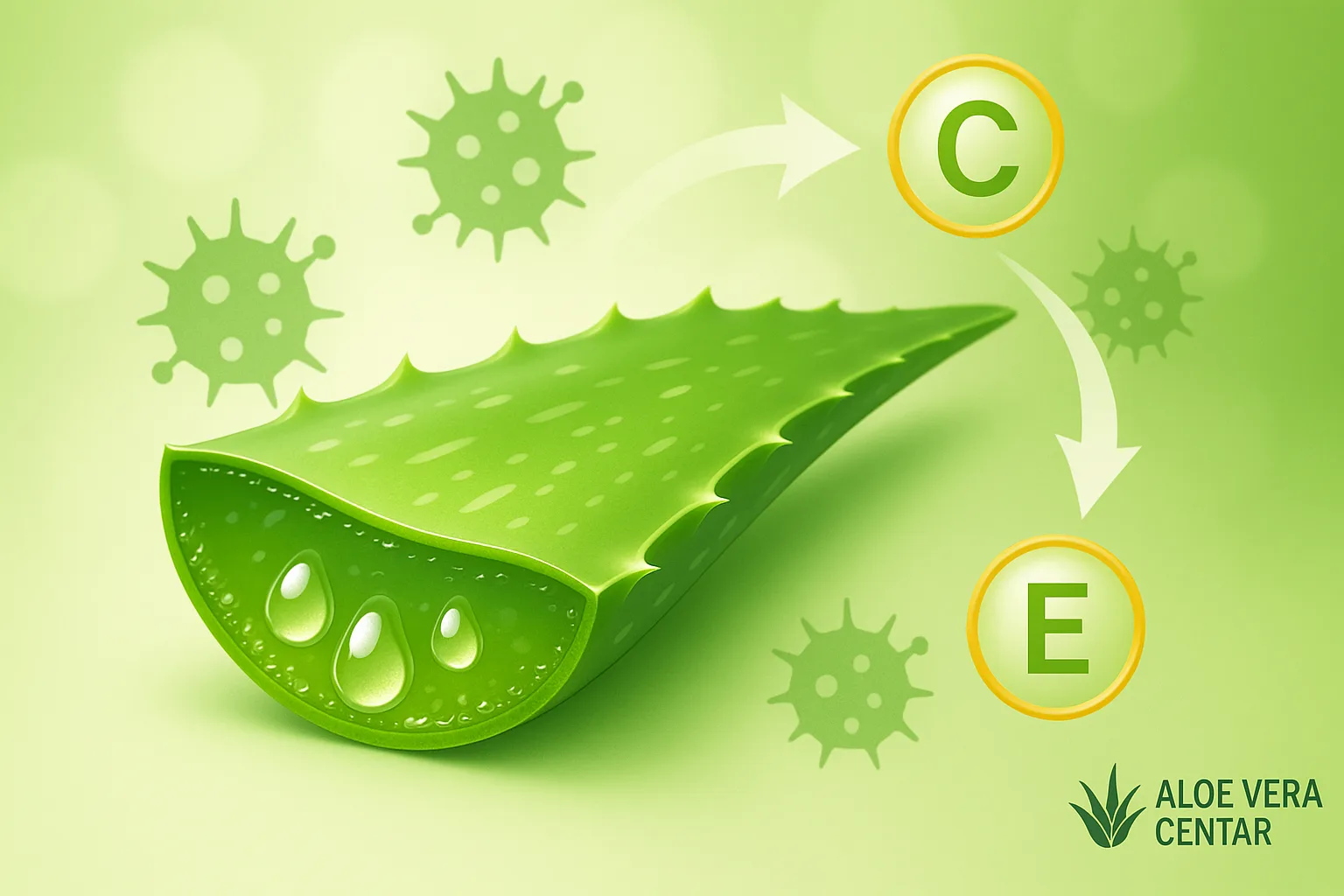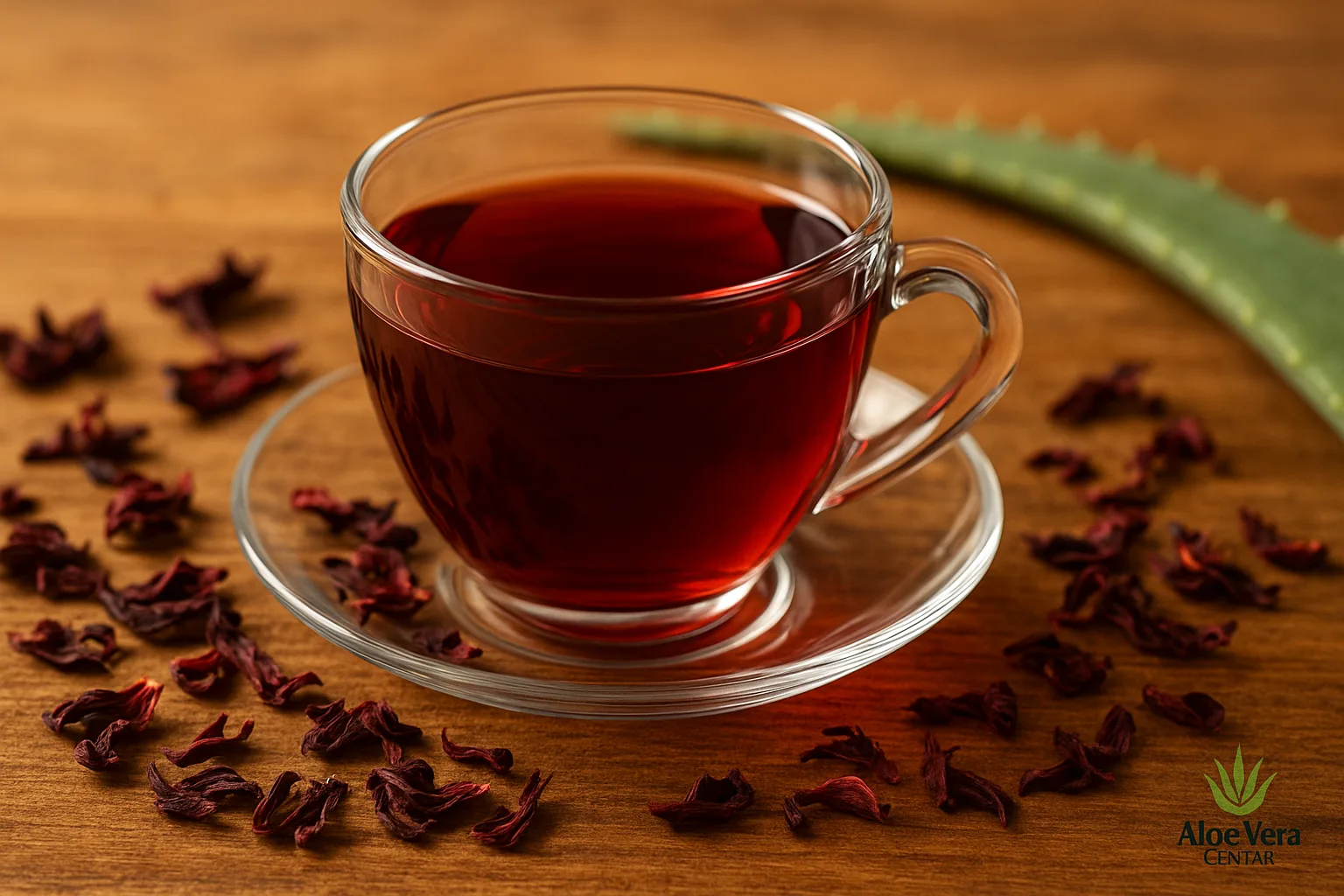
Hibiscus Tea and Supplements – the Real Power of this Flower for Lower Blood Pressure
Hibiscus Tea, Capsules, and Supplements: are there Real Health Benefits?
Hibiscus – that bright red flower you often see in exotic gardens – has been gracing tea cups worldwide for centuries. But does it really provide noticeable health benefits, or is its attractive color all it has to offer? In the next few minutes, you’ll learn key facts, scientific evidence, and practical advice on how to maximize the power of hibiscus, whether you drink it as tea, take it in capsules, or add it to smoothies.
Sounds interesting? Keep reading…
1. What Exactly is Hibiscus and why Does it Attract so much Attention?
Hibiscus (Hibiscus sabdariffa) is a tropical plant whose dried flowers transform into a luxuriously red drink with a tart taste. It’s rich in polyphenols, especially anthocyanins – the pigments that give color to blueberries and chokeberries – and natural vitamin C. These compounds are behind its title as a herbal “shield” against oxidative stress.
Quick Overview of Nutritional Characteristics
- High content of anthocyanins and flavonoids
- Natural vitamin C (25-30 mg in one cup of tea)
- Minimal calories – ideal for those counting every bite
You might be wondering why this matters?
2. Scientifically Verified Benefits of Hibiscus
Lowering Blood Pressure
The most cited hibiscus study is a randomized trial showing that three cups of tea daily can lower systolic pressure by an average of 7 mmHg over six weeks (study). While it’s not a “magic potion,” the reduction is comparable to mild lifestyle changes like losing 2-3 kg.
Cholesterol and Triglycerides
A review of meta-analyses suggests that hibiscus extract can slightly lower total and LDL cholesterol, especially in people with metabolic syndrome.
Antioxidant Potential
Anthocyanins capture free radicals and thus protect cells from damage. In laboratory conditions, hibiscus shows stronger antioxidant activity than green tea, but it’s important to note that test tube effects don’t always translate 1-to-1 in the human body.
But that’s not all…
3. How Can You Consume it?
3.1. Classic Tea
The most common form of hibiscus. Pour 250 ml of hot (but not boiling) water over 2 g of dried flowers and leave for 5-7 min. The longer you steep, the more acidic and richer in anthocyanins the drink becomes. For extra flavor, add some Aloe Blossom Herbal Tea blend – cinnamon and cloves perfectly round out the taste.
3.2. Capsules and Extracts
Standardized extracts (e.g., 250 mg, 2× daily) can provide a more consistent dose of polyphenols. They’re ideal for those who don’t have time to prepare tea, but make sure to choose brands with clear anthocyanin labeling.
3.3. Powder for Smoothies
Want a tart “kick” in your morning smoothie? A teaspoon of hibiscus powder will add color, vitamin C, and a light antioxidant boost. It pairs great with banana, yogurt, and spinach leaves.
4. Recipe: Chilled Summer “Hibiscus Cooler”
- Brew 500 ml of strong hibiscus tea and let it cool.
- Add the juice of one orange, several mint leaves, and ice cubes.
- Sweeten with a teaspoon of raw honey or stevia if desired.
Besides being refreshing, the drink contains a double dose of natural vitamin C thanks to the orange.
5. Potential Risks and Contraindications
- Low blood pressure: If your blood pressure is naturally low, excessive consumption may cause dizziness.
- Blood pressure medications: Combined with antihypertensives, it may enhance their effect – consult your doctor.
- Pregnancy: Quality studies are lacking; pregnant women should limit intake to 1 cup daily and avoid concentrated extracts.
Here’s the deal:
6. Synergy of Hibiscus and Aloe Vera
Hibiscus and aloe vera share several common traits – both hydrate and contain herbal antioxidants. If you’re troubled by heartburn or sensitive digestion, the combination of soothing aloe gel and mildly acidic hibiscus tea can be calming for the stomach. Also, check out our review of most popular metabolism-boosting teas if your goal is weight loss.
Going further with Smart Personalization
Not sure how much hibiscus is optimal for you? Use the interactive AI advisor and get a tea drinking plan tailored to your blood pressure and daily habits.
7. Purchase, Storage, and Discounts
Choose organically grown flowers certified to be free of heavy metals and pesticides. Store them in a dark glass jar away from heat sources; light degrades anthocyanins. If you’re planning a season’s supply, check out our webshop’s offer and get a 15% discount on your first order.
8. A Brief Case Study
Marina (42) had been struggling with borderline high blood pressure for years. After introducing three cups of hibiscus tea daily, slightly reducing salt, and adding omega-3 capsules, her systolic pressure dropped from 139 to 128 mmHg in two months. “I feel lighter and have more energy at work,” says Marina. Of course, success isn’t just in the tea, but hibiscus served as a tasty daily routine.
Sounds too good to be true? Keep reading until the end…
9. Frequently Asked Questions (FAQ)
How much Hibiscus Tea Can I Drink Daily?
Most studies use 2-3 cups daily as a safe and effective dose.
Can Hibiscus Help with Weight Loss?
Not directly, but as a low-calorie drink, it can replace sweetened juices and support a caloric deficit.
Are Capsules a Better Choice than Tea?
If your goal is a consistent dose of anthocyanins, capsules are convenient, but tea provides hydration and a relaxation ritual.
Can Children Drink it?
Children over six years old can drink a cup of diluted tea, but always under parental supervision.
10. Conclusion
Hibiscus is more than color and taste: it’s a functional drink rich in antioxidants with mild but measurable effects on blood pressure and blood lipid profile. Combine it with a balanced diet, occasional exercise, and – why not – refreshing herbal blends like Aloe Blossom Herbal Tea. If you want precise guidelines, use our AI advisor and 15% discount and start your routine today. Your cardiovascular system will thank you!
Related Readings and Useful Resources
There are many products on the market using “eco” and “organic” labels, but they’re not always what they seem. If you want to learn how to distinguish real certificates from marketing tricks, read our guide natural cosmetics – fake labels.
Another common question is: where can you actually buy safe and quality aloe vera? We answer that in the article where to buy aloe vera, focusing on reliable suppliers and certified products.
If you’re looking for supplements that combine certified quality and measurable results, it’s worth checking out Forever ARGI+ – an advanced formula with L-arginine, vitamins, and antioxidants that supports circulation, energy, and the immune system.
By combining informed manufacturer choice, verified certifications, and quality supplements, you can be sure that your superfood is truly what it claims to be – pure, effective, and safe.
Note: This article is for educational purposes and is not a substitute for professional medical advice. For individual recommendations, consult a qualified healthcare professional.

